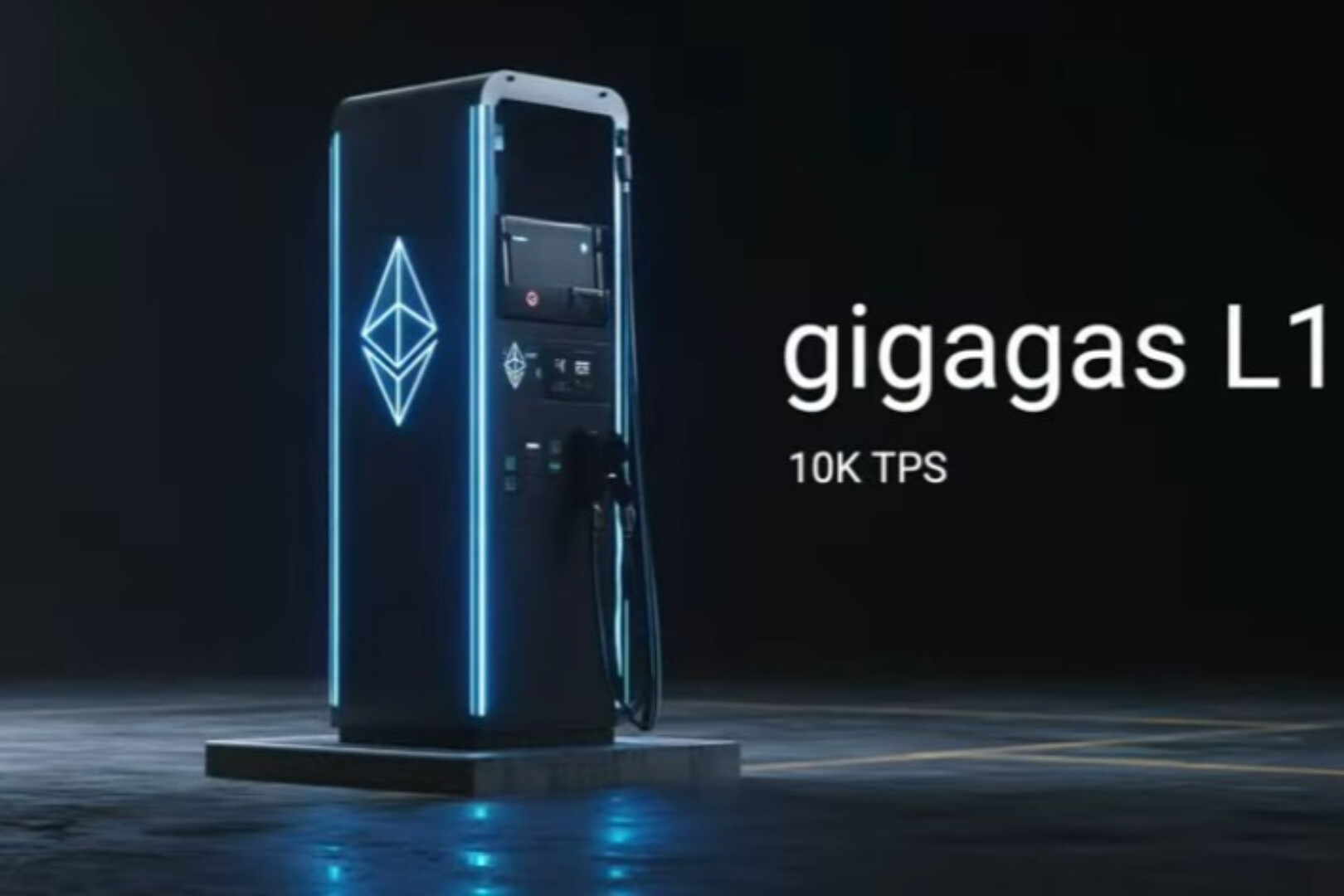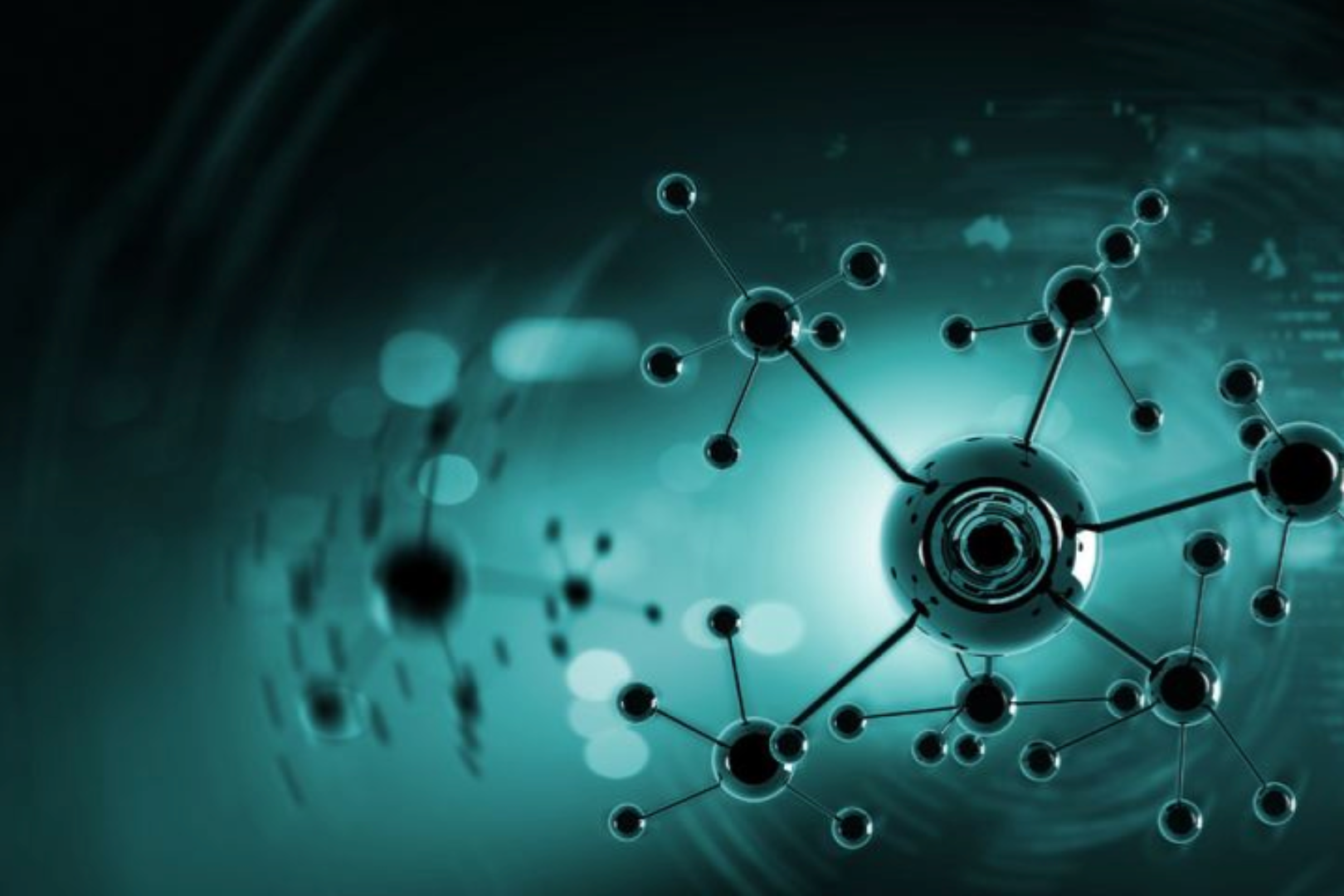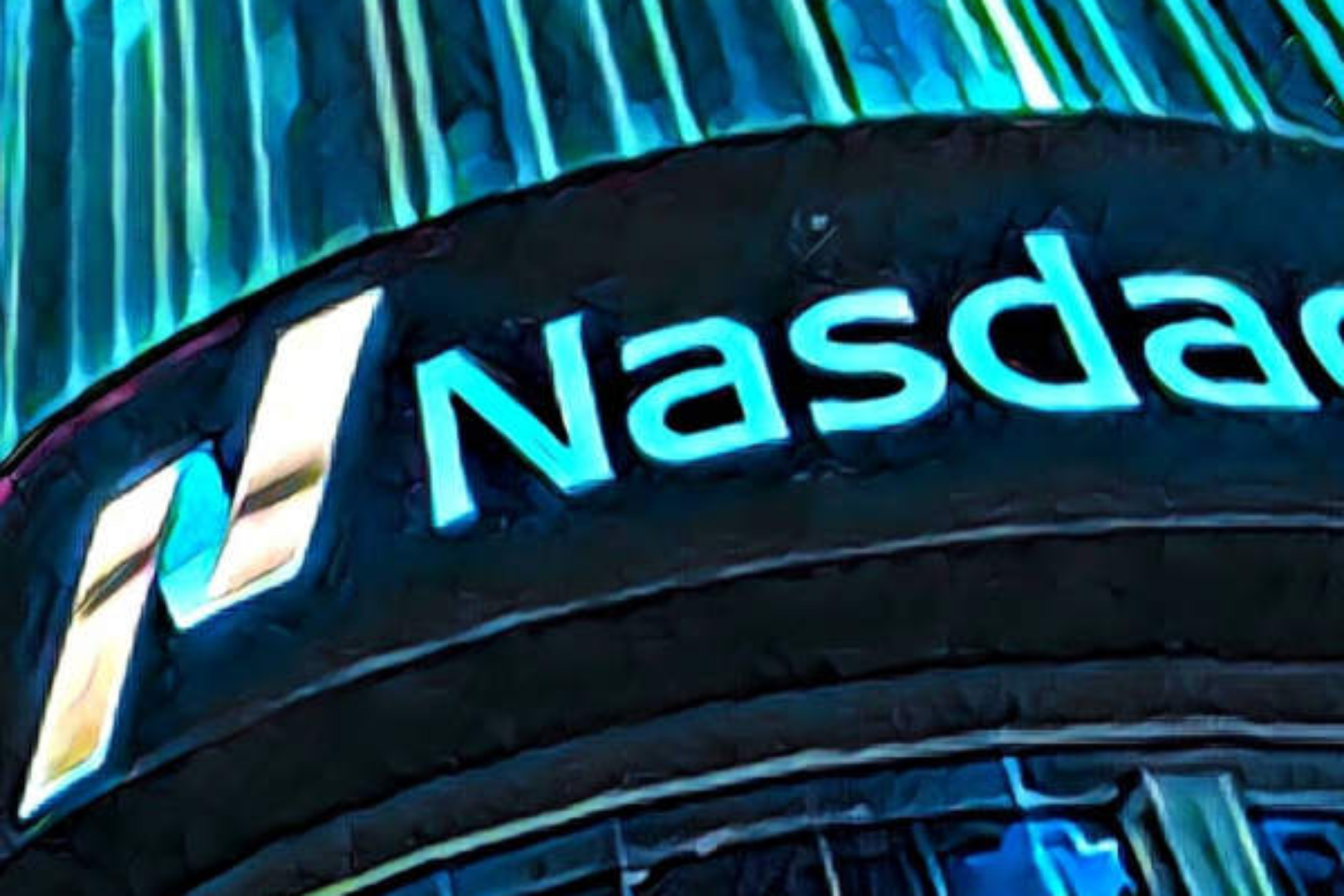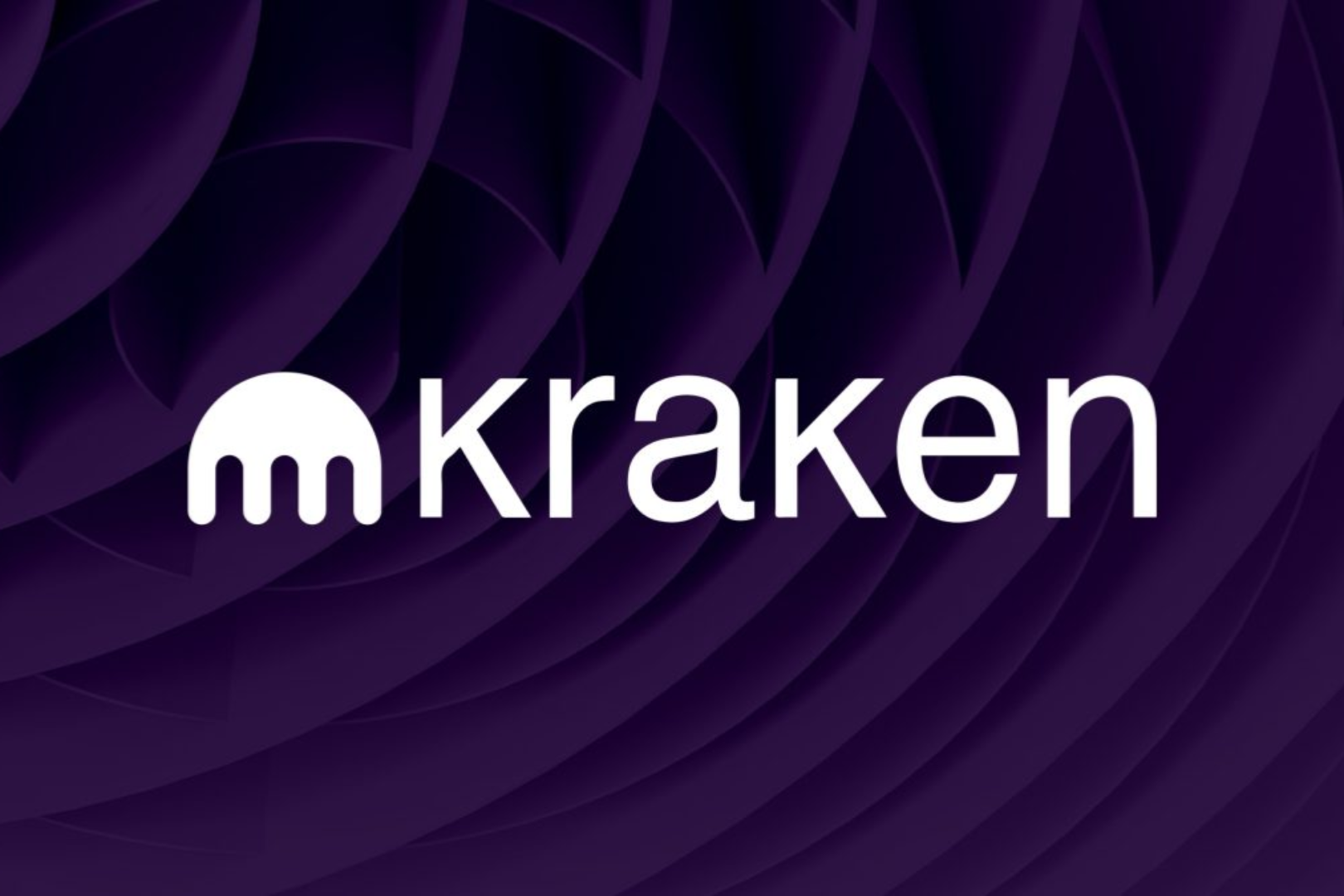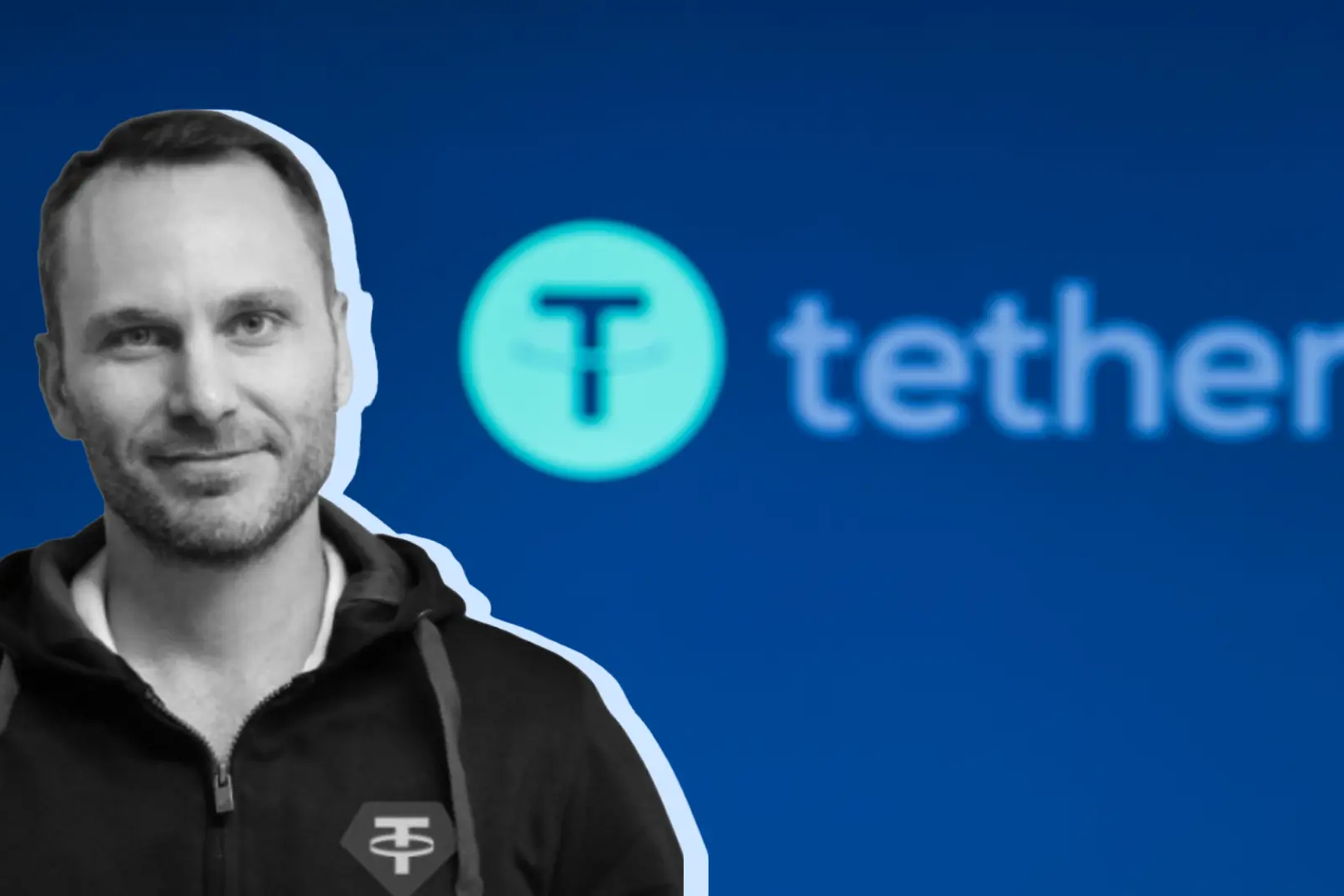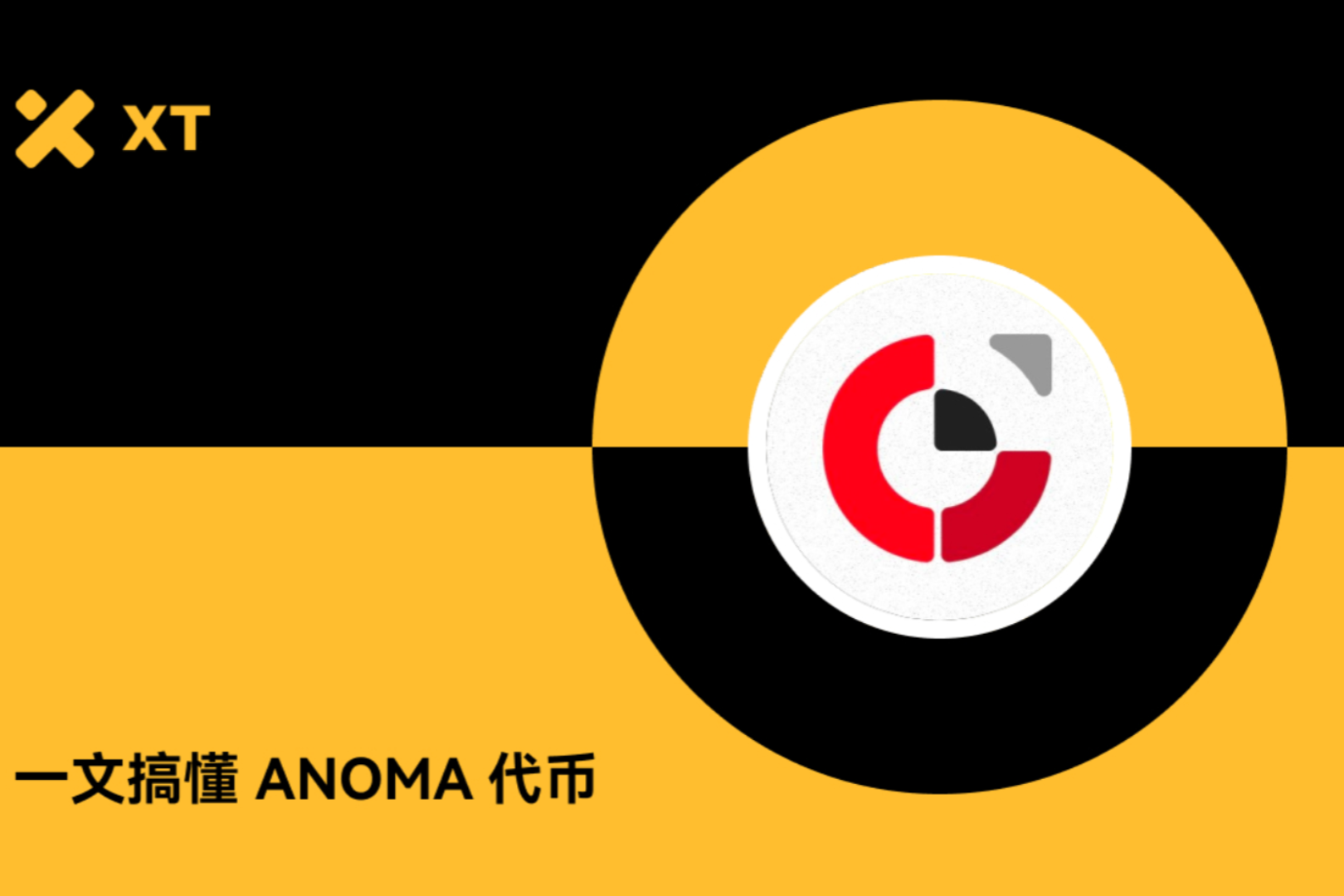
Compiled by KarenZ, Foresight News
This week, Tether CEO Paolo Ardoino engaged in an in-depth conversation with American entrepreneur and founder and CEO of Professional Capital Management, Anthony Pomplian. The discussions focused on Tether's strategy for entering the US market, the planned launch of a Tether US-based stablecoin, as well as AI, gold, and brain-computer interfaces. Ardoino also issued a warning about over-leveraged Bitcoin treasury companies.
The author has refined and sorted this out:
What are Tether’s plans for the United States?
Paolo Ardoino : The recently passed Genius Act has driven Tether's exploration of the US market and created a level playing field for all other financial institutions. Tether holds over $127 billion in US Treasury bonds, recently surpassing South Korea to become the 18th largest holder. We anticipate surpassing another country by the end of the year. While this is a bit crazy compared to other countries, it's a fact. We are perhaps one of the United States' best allies. Tether plans to launch a native stablecoin in the US. At that time, US banks and financial institutions will also partner with Tether, leveraging Tether's global distribution network to expand into new customers and revenue streams.
For example, in Nigeria, financial infrastructure efficiency ranges from 10% to 20%, while in the United States, it's 90%, practically perfect. Therefore, while the quality of Nigeria's financial transmission system can be improved to 50%, in the United States, it can only be increased from 90% to 95%. Because the underbanked population in the United States is relatively small, Tether's products for the US market must be unique.
What is the difference between USDT and Tether, the US-based stablecoins?
Paolo Ardoino : USDT primarily serves emerging markets (such as Latin America, Africa, and Southeast Asia), and is more like an international stablecoin, helping local users bypass inefficient financial infrastructure. However, USDT may not play its best role in the US market .
The U.S. domestic stablecoin is designed specifically for the U.S. market , optimizing the user experience to adapt to the mature U.S. financial system (such as cooperating with banks and improving payment efficiency).
In the future, hundreds of stablecoins may emerge in the US market. At that time, the experience of users migrating from one stablecoin to another will become key, and user experience and distribution capabilities are precisely Tether's advantages.
In what areas can stablecoin infrastructure/blockchain be improved or innovated?
Paolo Ardoino: User experience is the biggest limitation. You need a wallet with sufficient network gas fees to send stablecoins. Account abstraction or other methods are possible, but you still can't seamlessly pay gas fees with stable value. You need to use volatile assets (such as ETH) to pay. This needs improvement.
Commodity traders are going all in on stablecoins, recognizing their potential to improve portfolio efficiency and profitability. The Genius Act will drive institutional adoption. Blockchains focused on stablecoins and clearing, interbank settlement, and intercompany settlement will have a significant advantage.
Tether+AI
Paolo Ardoino : QVAC is one of my favorite projects. The idea behind it is to create a local AI inference and fine-tuning platform that can work anywhere, from embedded devices to smartphones, laptops, or servers. The smallest device can be a brain-computer interface, a car, a drone, a robot, or even taken to space or to a planet.
Therefore, AI must be lean, precise, modular, and localized. In 20, 30, 100, or 10,000 years, AI will be embedded in the fabric of the universe itself. Within the next five years, mobile GPUs could be 10 times more powerful than they are today. We aspire to build the first truly decentralized, unstoppable AI platform.
We are trying to mimic the brain, trying to create infinite, super-powerful data centers. QVAC will allow everyone to create efficient small local models, and through peer-to-peer technology, connect all these models without a master server, without any central server, so that you can run queries across them and get the best answers.
Tether will eventually build its own underlying model, but the focus is first on building a platform that can run any model, both locally and remotely. Local inference is also a major focus, and we are also researching peer-to-peer federated inference.
What do you think of gold and Bitcoin?
Paolo Ardoino : I've said it many times: nothing is better than Bitcoin. Bitcoin is perfect. Bitcoin holders mistakenly believe that gold is a competitor to Bitcoin, but that's not the case. If investors believe Bitcoin is at a market cycle peak and want to temporarily exit, exchanging Bitcoin for gold makes more sense than converting it to US dollars, as gold better preserves its purchasing power (the US dollar can be eroded by inflation). If a global financial reset occurs within the next five years (such as the collapse of the fiat currency system), gold's $20 trillion market capitalization (far exceeding Bitcoin's current size) may make it a more accepted transitional asset in traditional markets, while Bitcoin will need time to expand its scale.
What do you think of Bitcoin Treasury?
Paolo Ardoino affirmed the market role of Bitcoin treasury companies, but also expressed concerns about some radical strategies (such as excessive leverage). Ultimately, the industry will undergo a reshuffle and consolidation.
Tether+ Brain-Computer Interface
Paolo Ardoino : At the end of April 2024, Tether invested $200 million in Blackrock Neurotech. Blackrock Neurotech has cutting-edge brain-computer interface technology and boasts a next-generation chip technology with a 100-fold performance improvement. Blackrock Neurotech is headquartered in Utah and has a very lean team.
Blackrock Neurotech is committed to ensuring that brain-computer interface technology benefits and is used by humans, while preventing robots from replacing humans.
What are your views on the current macroeconomic situation?
Paolo Ardoino : The United States is currently in a very strong position and is optimistic about the globalization of dollar-denominated stablecoins. The US has achieved its own interests through tariff policies. While this may have negative impacts on other countries, it has significantly boosted the US economy in the short term. Europe started early in digital asset regulation but has been ineffective, failing to seize technological opportunities to expand the euro's global influence. Currency devaluation and economic vulnerability will increase in poorer countries, and tools like USDT provide a "Plan B" for people in these regions, mitigating the impact of local currency fluctuations. Tether is not only investing in gold, but also in land and agriculture, AI, brain-computer interfaces, and other fields.

